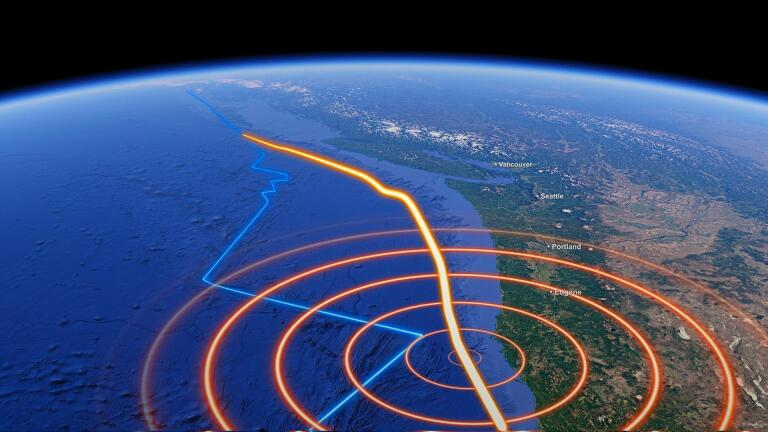Back to Show
Weathered
The Heat is On
Season 5
Episode 3
Maiya explores the most deadly kind of weather, heat, in an unlikely place: Portland, Oregon. She revisits the 2021 heat dome, one of the most anomalous weather events recorded on earth. In order to understand why some urban areas are hotter than others, she travels to Medellín, Colombia. Then she visits the hottest city in the US, Phoenix, Arizona, to see how we can turn the temperature down.
Support Provided By

12:52
Maiya May talks with scientist Tim Lenton about Earth systems at risk of crossing tipping points.

12:21
Hurricanes are intensifying faster than ever before. What will hurricanes of the future look like?

13:14
This hidden toll uncovers what exactly is causing millions of “invisible deaths” in the Southeast.

14:14
What does this study means for our future?

11:56
In this episode, we’ll find out WHEN and WHERE peak water is expected to hit.

10:56
In this episode, we dive into the controversy to uncover what is really going on with atoll islands.

13:00
In this episode of Weathered, we dig into the science behind the Cascadia Megaquake.

11:02
In this episode of Weathered, we break down: What wet-bulb temperature actually means.

13:38
Some of the fastest-growing metros are also the riskiest when it comes to climate change. Why?

12:35
Earth’s climate has always changed. But not like this and not this fast.

11:25
West Antarctica is melting!

11:06
20 million trees were planted after a viral study—but did they survive?











